Top speed 262 km/h Length 12 m | Wingspan 14 m First flight September 23, 1938 | |
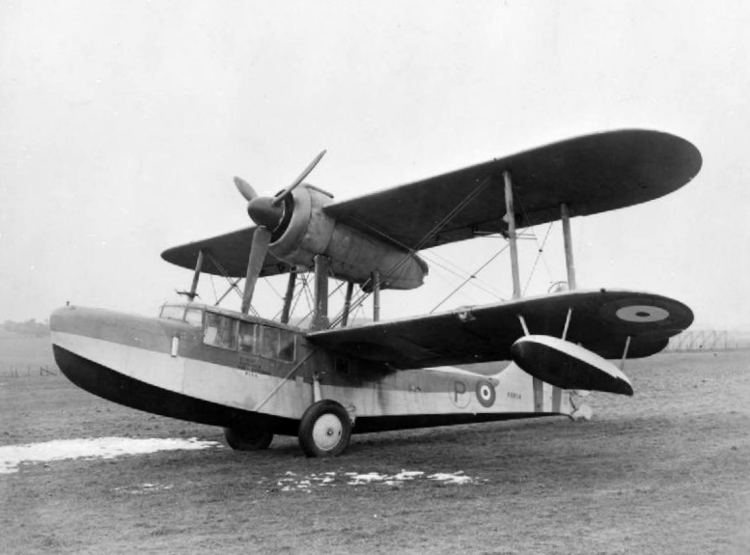 | ||
Alexmodelling outbox review azur 1 72 supermarine sea otter mkii
The Supermarine Sea Otter was a British amphibian aircraft designed and built by Supermarine; it was a longer-range development of the Walrus and was the last biplane flying boat to be designed by Supermarine; it was also the last biplane to enter service with the Royal Navy and the RAF.
Contents
- Alexmodelling outbox review azur 1 72 supermarine sea otter mkii
- Design and development
- Production
- Variants
- Operators
- Specifications Sea Otter
- Survivors
- References
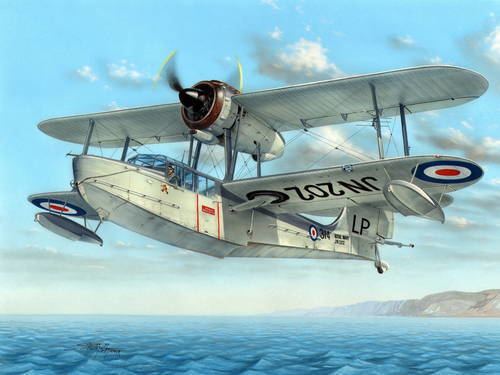
Design and development
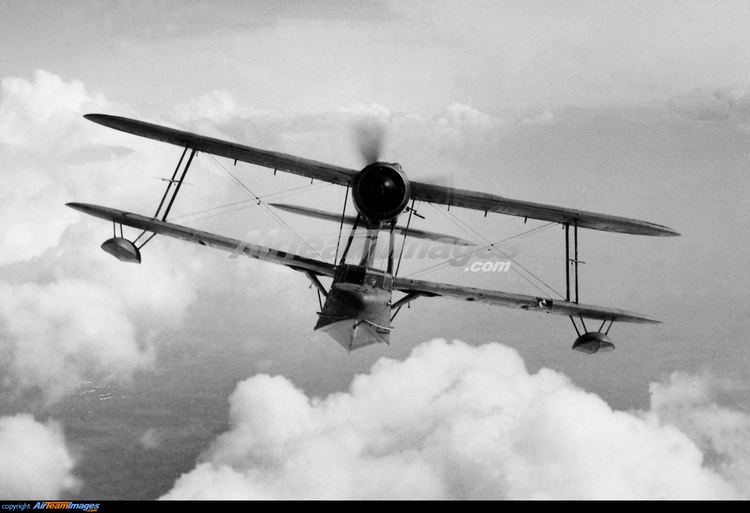
The main difference between the Walrus and the Sea Otter was in the mounting of the powerplant; the Walrus had a rear-facing engine with a pusher propeller and the Sea Otter's engine faced forward with a tractor propeller.
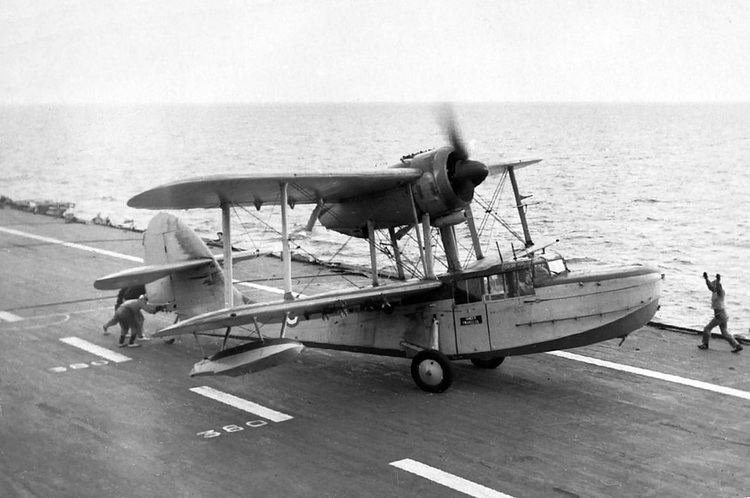
There was considerable development of the power plant/propeller combination during the design of the Sea Otter, which at its conception was called the "Stingray". The original test aircraft had a Bristol Perseus XI radial engine with a two-bladed propeller, which gave insufficient thrust so a two-position three-blade propeller was substituted, later changed again to a four-bladed type with the pairs of blades set at an angle of 35°, instead of the usual 90°. The first flight took place on 23 September 1938, but it was not until January 1942 that the Air Ministry placed a production order. Due to cooling troubles found with the Perseus, the power-plant was changed for production aircraft to the Bristol Mercury XXX engine driving a three-bladed propeller. The Sea Otter was used by both the RAF and the Royal Navy for air-sea rescue and patrol roles.
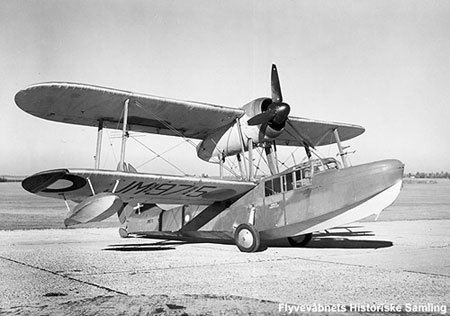
Postwar, Sea Otters were converted for civilian use. The cabin was soundproofed and fitted with heating. Seating for four passengers, a chemical toilet and a stowage for baggage were provided. As they were intended for use as Bush airplanes in remote areas, versatility was important. To allow cargo to be carried, the cabin floor was strengthened and fitted with lashing points, and the passenger seats made easily removable.
Production
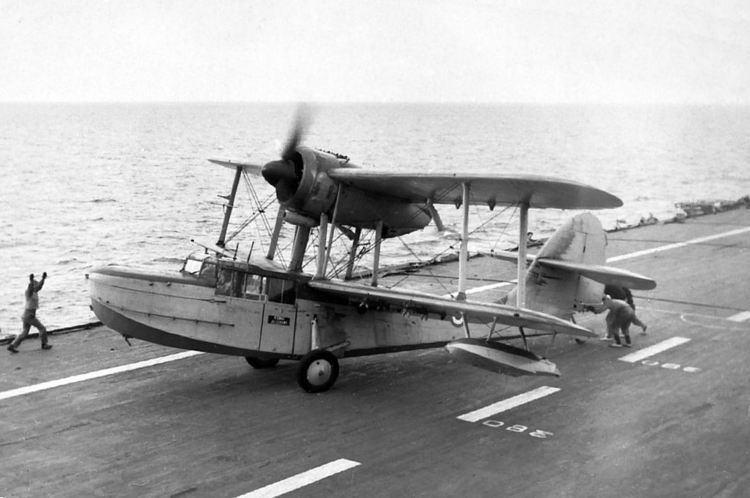
Of the 592 aircraft ordered, only 292 were built due to the end of the Second World War. Eight aircraft were bought for the Royal Danish Air Force, and another eight were supplied to the Dutch Naval Air Arm. The colonial service of France purchased six Sea Otters for use in French Indochina.
Variants
Operators
Specifications (Sea Otter)
Data from Supermarine Aircraft since 1914
General characteristics
Performance
Armament
Survivors
No museum holds a complete aircraft. The Fleet Air Arm Museum (Australia) at Nowra, New South Wales, Australia, has the nose section of JN200, a Sea Otter which served with the Royal Australian Navy.
